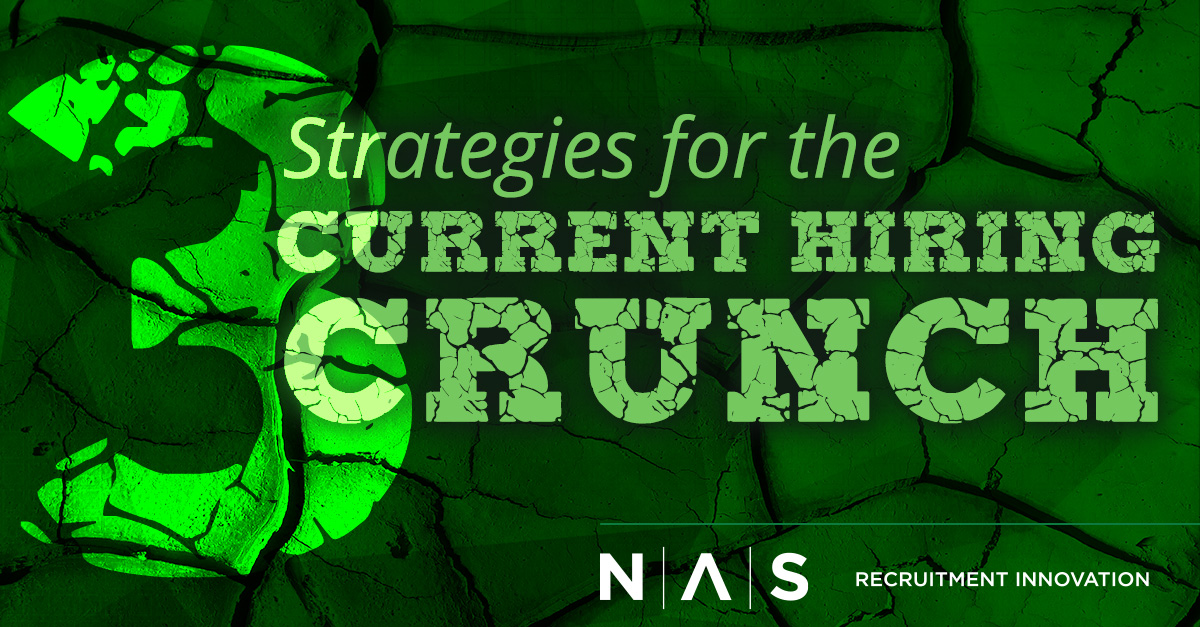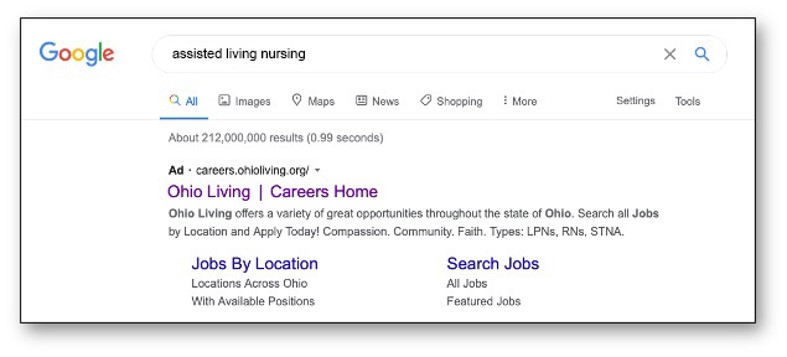-
3 Strategies for the Current Hiring Crunch
Posted by Matt Adam on August 3rd, 2021 
If hiring top talent has been a problem for you recently, you’re not alone. According to a Hiring Lab Job Seeker survey by Indeed, 45% of potential employees in the 18-64 age group are only passively searching for work, and 30% aren’t looking at all. Unfortunately for most hiring managers today, the “if-you-build-it-they-will-come” approach doesn’t work anymore.
Potential employees have some strong reasons for being reluctant to apply.
- Ongoing fears of Covid-19
- Dependence on an employed spouse
- Caring for children who aren’t in school
- Reliance on a financial cushion
If you’re waiting for vaccinations to increase or for schools to open in the fall, you could fail in filling your employment needs or even worse, lose some current employees. CareerArc claims that 61% of full-time employees are considering new jobs in 2021, while a Harris Poll reveals that 44% are definitely planning on making the leap to a new employer this year. This instability in the current work force only makes the situation worse, especially after you note that another 2.7 million Americans are contemplating early retirement because of the pandemic.
The hiring crunch today is as tight as it has ever been, but you can keep your current employees and attract new hires by utilizing these three strategies:
Strategy #1 Job Family Branding
Your goal here is to select and present curated and customized content related to the specific needs of potential employees. Job family pages with the most relevant and highest quality information are your opportunity to micro-target job candidates and meet their personal needs.
Consider what makes that job unique.
Tell job seekers the story they need to hear. An IT technician, for instance, is eager to learn about your technology and platform while a server wants to know about the flexibility in scheduling and the distribution of tips. These customized and personalized stories are the key to delivering an appealing message to job seekers, and they can appear as testimonials from current employees.
Allow job candidates a peek behind the curtain to see your actual work environment. You could highlight information about learning and development, career pathing and growth potential. The different stories you offer should not only inspire job seekers but also give them a glimpse of what it would be like working for you.
In short, successful job family branding showcases your unique, authentic work environment that in turn encourages candidates to picture themselves working for you and then eager to apply.
Strategy #2 Landing Pages
This is your first impression, your handshake moment with a job candidate. Your objective is to link them quickly and efficiently to the job they want. You want their undivided attention as you answer their question, “What’s in it for me?”
A great landing page:
- Demonstrates transparency and is simple in design
- Begins with a catchy headline
- Has strong images (no stock photos)
- Features testimonials from current employees
- Displays a career ladder or path
- Has a specific call to action
- Offers a quick application process
- Uses embedded tracking
You don’t want to waste anyone’s time. The candidate should recognize immediately if this is the job for them, and once they have decided that it is, the landing page should get them excited about applying.
You can also create a specialized landing page within your career site for any short-term or temporary needs. Your value propositions should be clear and show what separates you from the pack for this particular role.
Strategy #3 Marketing via Digital, Social Media and Retargeting
Since candidates search for jobs in a multitude of ways, your digital and social marketing efforts should be directed to guiding them to your career page. Over 90% of job candidates start their search on Google, and 50% of their clicks are on the top three results (which includes ads). If you’re not there, you may be invisible to these candidates. You want your ads to pop to the top.

Even more relevant is that 89% of traffic delivered by a paid search campaign would not have visited the site without that campaign. A well-designed social media experience for candidates will lead to more engagement and lower cost per click.
Social media ad campaigns include, of course, Facebook and Instagram posts, which can bring candidates directly to your career page. Link click ads can deliver your content across multiple news feeds and reach a larger audience. In addition, marketing here can include email blasts, texts and thirty second radio spots.
Retargeting has recently become a strategic method in the hiring process. Here, display ads target users who have previously visited your site but chose not to apply. In fact, only 8.6% of career site visitors convert to apply on their first visit. We can now retarget (or “tag”) them and bring them back to your career page when it is more convenient for them.

To solve your hiring problems, you can use these three strategies which keep job candidates engaged and receptive to your hiring message. You can also look to NAS which has the resources and staff to help you better position yourself in this job hiring crunch. We regularly contribute to the talent acquisition community by offering many free resources on our website that include infographics, podcasts, blogs and other resources.
NAS also offers a free 30-minute consultation to learn more about these hiring strategies.
Matt Adam
Matt Adam serves as Executive Vice President & Chief Talent Strategist for NAS. Having spent 20 years as a recruitment strategy consultant for a diverse client roster, Matt has worked with a wide variety of organizations to develop effective recruitment marketing strategies that define and shape an organization’s recruiting efforts in today's interactive marketplace. He is a featured speaker at various organizations including SHRM, CUPA and NAHCR.



